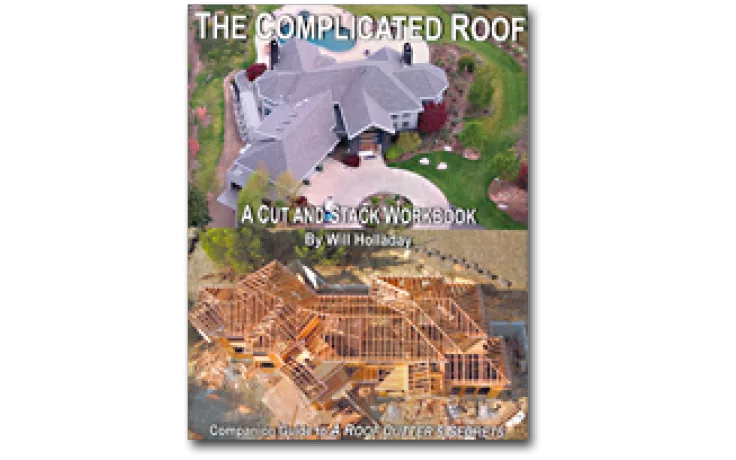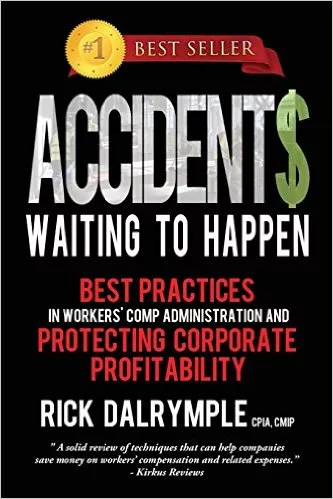The IRE Show Draws A Crowd in Las Vegas


According to Hanley Wood Exhibitions, the company that owns and produces the event, 975 booths staffed by 435 exhibiting companies were on the floor of the Mandalay Bay Convention Center to showcase their products. These numbers were up substantially from last year's show, which had 884 booths and 370 companies. This year, companies from 15 countries were represented and 10.5 percent of the exhibitors were from outside of the United States.


Those contractors could be seen in abundance roaming the show floor, looking at new products, attending educational sessions, and participating in the National Roofing Contractors Association meetings.

Keynote Speaker
Providing the keynote address at the event was Dr. Barry Asmus, senior economist for the National Center for Policy Analysis, who examined the economic landscape in his presentation titled "The Best is Yet to Come."
Asmus acknowledged that most economists have a perpetually gloomy outlook and offer dire predictions for the future. "The good news," said Asmus, "is the bad news is wrong."

What are the implications of this nascent economic boom for the roofing industry? He pointed to a study by the Brookings Institute that predicted that 60 percent of the commercial buildings that will be in use in 2030 have not been built yet as evidence of strong business expansion.


Educational Sessions
The expo presented numerous educational opportunities for contractors, and an expanded seminar schedule included sessions on business management, money matters, technical applications, new products, green roofing, field productivity, and sales and service.
One seminar titled "The Big 10 Trends in Roofing" attempted to encompass almost everything. Moderated by Dan Piché, general manager of Owens Corning's residential roofing division, the session featured a panel including Tom Hutchinson, Miriam Tate, Brett Hall, Ricardo Gonz

Tom Hutchinson, a principal with Hutchinson Design Group, Barrington, Ill., and the president of the Roof Consultants Institute (RCI), noted that environmentally friendly applications are being driven by code changes and have increasing appeal for consumers. In his discussion titled "Green is More Than a Shingle Color," Hutchinson noted that sustainability is a tough term to define in the roofing industry, but it encompasses everything from conception to demolition and focuses on using resources effectively and conserving energy. "Sustainability is all about performance," he said. "You've got to take a long-term view."


Brett Hall of Joe Hall Roofing, Arlington, Texas, kept the focus on sales with his presentation "Higher Costs Mean Selling Total Value." With labor and product costs on the rise, selling value becomes even more important, said Hall, who urged people in the field to "sell code worthiness." Speed in turning around estimates is essential, he said, noting that bids should be "sales packages designed to educate the homeowner."


Piché explored the eighth trend, "Innovations are Speeding up Applications." New nail guns, shingles with wider nailing areas, and rooftop delivery are all designed to increase production without sacrificing quality. He urged attendees to examine all products with an eye toward efficient application, concluding, "Every minute you spend on the roof impacts your bottom line."

Tom Daniel, safety director for the Owens Corning Construction Services businesses, concluded the seminar with a discussion titled "Accepting Injuries is Unacceptable." He pointed to a 50 percent increase in falls last year, saying, "Now we're on OSHA's radar screen." He urged contractors to educate themselves and their employees on safety requirements and stay on top of new developments in safety products, including the Safety Pole (www.safetypole.com). If there isn't a product to help in a given application, it's up to contractors to help develop it. "Tell manufacturers what you need," urged Daniel.

Productivity and Safety
Another seminar, "Field Productivity: What Makes a Good Roofing Contractor and Field Manager" had such an intriguing title, we had to check it out. In fact, this session was actually two full sessions presented one after the other by Richard D. Dutmer, a director of FMI Corp., a firm offering management consulting and investment banking to the construction industry.
Dutmer began with a discussion of productivity, defined as output divided by input. Productivity is what gives contractors a competitive edge. Contractors who devise methods to consistently measure and improve on their productivity will ultimately succeed, said Dutmer. He went on to state that truly successful managers are the ones who drive that thinking down through the entire organization. Dutmer promoted the sharing of key measurements with everyone in the company, not just key managers. "When people know what the score is, they respond," he said.


Robert Pringle of Evans Service Co. Inc., Elmira, N.Y., presented a session titled "Inspecting a Rooftop for Safety." Pringle brought not only a wealth of experience in the field of construction safety but many years of experience overseeing the safety operations for one of the nation's leading roof-contracting firms.


Taking Training To the Show Floor
The training didn't stop in the meeting rooms, as hands-on educational sessions and product demonstrations kept popping up all over the show floor. Some manufacturers made use of the stage in the demonstration area to give attendees application tips firsthand. For example, Polyglass and Polyfoam teamed up to present a demonstration on a new tile roofing application technique. First, Rand McReynolds, Steve Wadding, and Steve Bogner of Polyglass took the opportunity to demonstrate how its Polystick TU Plus underlayment was applied. Then Max Miller and Dave Faulkner of Polyfoam Products taught attendees how the company's Polyset product could be used to apply tile to a substrate utilizing the underlayment.
An essential component of that process is helping the property owner understand the problem and the possible solutions, and here training is essential, asserted Harrison. The manufacturer has made it a point to develop training materials, including Spanish versions and special programs for dyslexics. The training CDs are provided to contractors at no cost. Why? "Winners invest back in the industry," said Harrison.

Raising the Bar
The focus on education, technology, and the long-term benefits of today's roofing products made the 2006 IRE the perfect site for the NRCA to announce the launch of SpecRight (www.specright.net), a program with the ultimate goal of providing useful and consistent information about roofs, energy and the environment to building owners, designers and consultants. The program's slogan is "Save Your Energy. You've Found the Right Roof."NRCA's Bill Good explained that a consortium of major commercial roofing manufacturers, contractors, and industry associations joined NRCA in developing and supporting the program. According to Good, SpecRight's fundamental message is roof systems that are properly designed and installed and incorporate the right materials can contribute significantly to energy savings - and may contribute to protecting the environment.
The program is designed to educate contractors about factors related to energy conservation that a building owner should consider when making a roof buying decision. (For more information on SpecRight, see page 6.)

Contractor Feedback
Contractors we spoke with had high praise for the event. Scott Wolf Sr., president of Wolfman Construction in New Orleans, attended his first IRE show this year and said he was very pleased with the results. "It's great to meet the people you've dealt with over the phone for a long time and put a face with the name," he said. "It's a wonderful opportunity to network with people from all around the country and see the latest technology all under one roof." He said he picked up some new vendors of some hard-to-find products and is debating about purchasing updated business software.
"I've really been impressed with the show the last two years," said Brett Hall of Joe Hall Roofing, Arlington, Texas, a longtime attendee who has seen improvement in the show's inner workings since Hanley Wood has overseen the event. "As a contactor, I've enjoyed the professionalism and the ease of going to the show, and registration and sign-in was easier than ever this year."

"This event showcases our professionalism," Hall concluded. "It demonstrates we're not just roofers. We're helping the environment. We're on the cutting edge of recycling and environmentally friendly products."
Looking for a reprint of this article?
From high-res PDFs to custom plaques, order your copy today!





